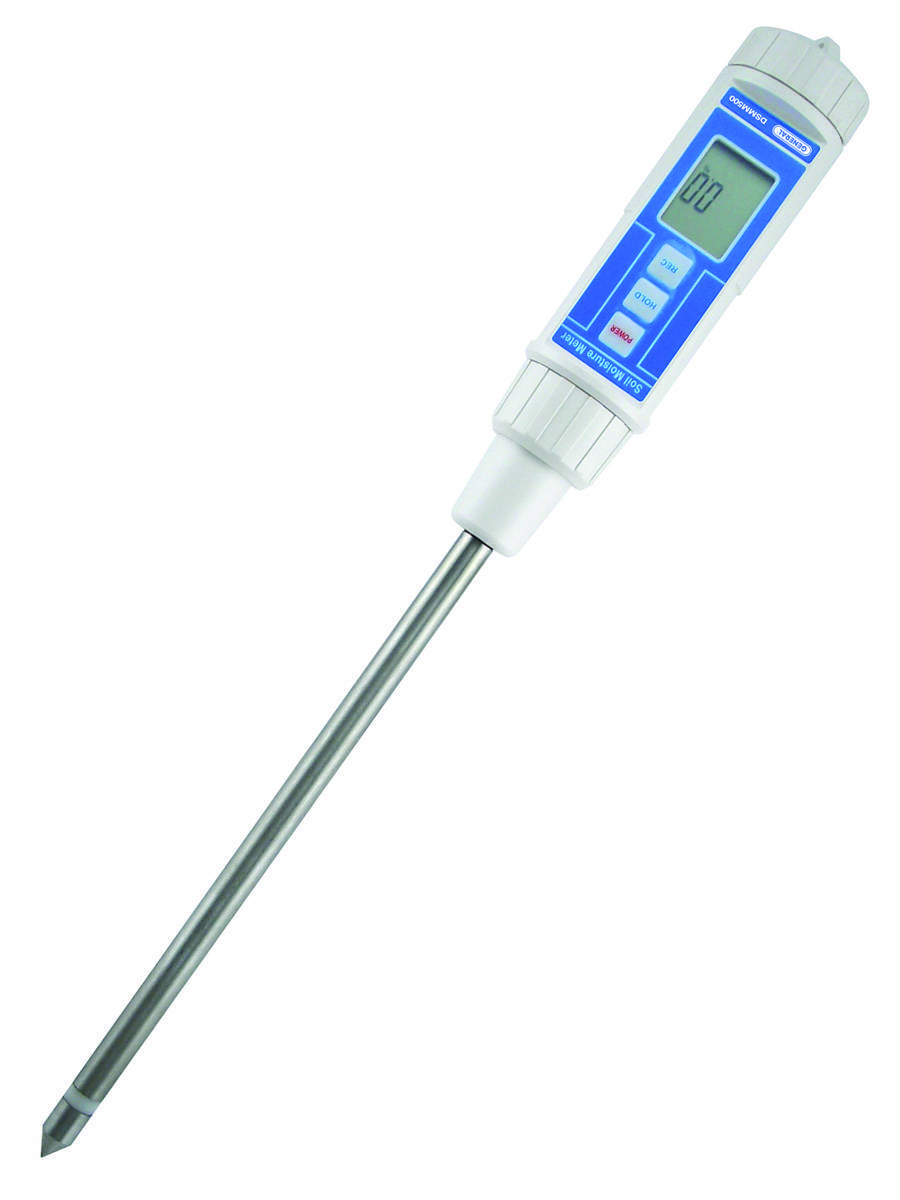Moisture Meter Purchasing Overview: What to Seek in High-Quality Instruments
Moisture Meter Purchasing Overview: What to Seek in High-Quality Instruments
Blog Article
Explore the Globe of Moisture Meters: Everything You Required to Know
In the world of dampness meters exists a world of accuracy and practicality that commonly goes unnoticed. Comprehending just how moisture meters operate, the various types available, and their diverse uses can shed light on their importance in ensuring quality and efficiency.
Exactly How Moisture Meters Work
Moisture meters run by determining the electric conductivity or capacitance of products to establish the wetness web content existing. These meters are important tools throughout different industries, including woodworking, building and construction, and farming. By utilizing various techniques such as pin-type or pinless modern technology, moisture meters supply accurate analyses that help professionals make notified choices.
Pin-type moisture meters function by inserting the sharp pins right into the material being tested. The electrical conductivity between the pins is then gauged, with higher moisture degrees bring about increased conductivity. Moisture Meter. On the various other hand, pinless wetness meters use electromagnetic signals to scan a larger area without causing any type of damages to the material's surface area. These meters are excellent for quickly assessing wetness levels in big locations or finished products.
No matter of the technique used, dampness meters play an important duty in stopping issues such as mold and mildew growth, architectural damages, or product problems brought on by excess dampness. Recognizing just how these meters work is crucial for guaranteeing the high quality and honesty of products in numerous applications.
Kinds Of Moisture Meters
Offered the important duty dampness meters play in numerous markets, it is necessary to understand the various kinds available to specialists for precisely examining dampness degrees - Moisture Meter. There are primarily two major kinds of wetness meters: pinless and pin-type dampness meters

On the other hand, pinless dampness meters make use of electromagnetic sensing unit plates to check a bigger location of the material without causing any damage. This type appropriates for rapidly scanning big locations and is generally made use of for floor covering, walls, and ceilings. Pinless meters are practical for taking analyses on finished surface areas without leaving any visible marks.
Both sorts of wetness meters have their benefits and are chosen based upon the particular needs of the work handy. Recognizing the distinctions in between these kinds is critical for experts to make exact dampness assessments.
Applications Throughout Industries
Building specialists depend on moisture meters to evaluate the wetness levels in building materials like wood, concrete, and drywall, which is important for keeping architectural honesty and protecting against problems like rot or mold. The floor covering sector uses wetness meters to determine the moisture web content in subfloors prior to setting up different floor treatments, protecting against pricey problems due to excess moisture. In the food industry, dampness meters are made use of to keep track of and regulate moisture levels in items such as grains, nuts, and dried fruits to keep freshness and quality.
Tips for Making Use Of Moisture Meters
Make use of the moisture meter's calibration setups to make sure exact analyses when gauging the moisture content in various products. Furthermore, make certain the meter is established to the appropriate moisture range for the material you are gauging to obtain the most precise outcomes.
When using a pin-type wetness meter, place the pins to the suitable deepness suggested for the product being checked. This ensures that the dampness readings are taken Full Report from the appropriate depth within the product, providing an extra precise depiction of its dampness material. For pinless wetness meters, keep in mind to maintain proper call with the product's surface area to get trusted analyses.
On a regular basis examine and change the batteries in your wetness meter to stop inaccurate analyses as a result of reduced power. Shop the meter in a safe and dry area when not in use to lengthen its lifespan and preserve its precision. By have a peek at this site adhering to these ideas, you can make best use of the efficiency of your dampness meter and obtain exact moisture material dimensions across different materials.
Upkeep and Calibration
To ensure the precision of moisture content measurements, normal upkeep and calibration of the dampness meter are crucial action in its appropriate performance. Upkeep involves keeping the wetness meter clean and cost-free from particles that might influence its readings. It is very important to follow the manufacturer's standards for cleaning up to prevent damage to the device. Additionally, normal calibration is necessary to validate the precision of the analyses. Calibration changes the wetness meter to make certain that it offers constant and trusted results.
Calibration ought to be done periodically, especially if the wetness meter is utilized regularly or in vital applications where specific measurements are needed. Several moisture meters feature calibration tools or can be adjusted by expert services. Moisture Meter. It is recommended to keep a log of calibration dates and results to track the performance of the moisture meter gradually. By calibrating the wetness and preserving meter on a regular basis, individuals can trust the precision of the moisture content dimensions gotten.
Final Thought

In final thought, moisture meters play an important function in different industries by accurately gauging the wetness content of products. Comprehending how these tools work, the different kinds offered, and proper maintenance and calibration are necessary for obtaining trusted results. Whether in manufacturing, agriculture, or building and construction, using wetness meters aids make sure quality assurance and efficiency in processes.

In conclusion, wetness meters play an important role in different industries by precisely gauging the dampness material of products.
Report this page